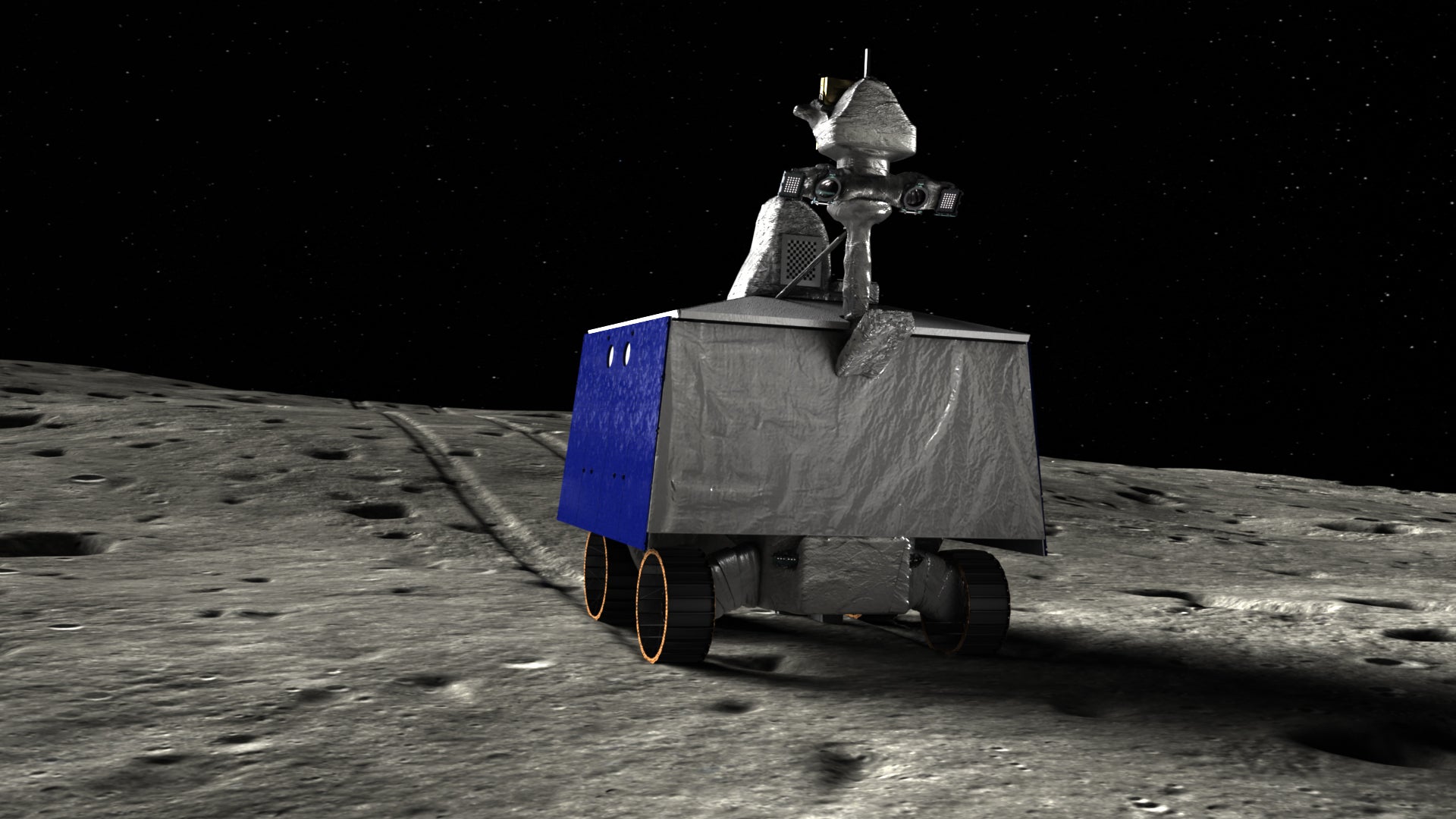Nasa delays lunar rover mission until 2024 to allow lander development
Nasa wants more testing of the Griffin lander to ensure it can safely deliver the Viper rover to the Moon’s surface

Your support helps us to tell the story
From reproductive rights to climate change to Big Tech, The Independent is on the ground when the story is developing. Whether it's investigating the financials of Elon Musk's pro-Trump PAC or producing our latest documentary, 'The A Word', which shines a light on the American women fighting for reproductive rights, we know how important it is to parse out the facts from the messaging.
At such a critical moment in US history, we need reporters on the ground. Your donation allows us to keep sending journalists to speak to both sides of the story.
The Independent is trusted by Americans across the entire political spectrum. And unlike many other quality news outlets, we choose not to lock Americans out of our reporting and analysis with paywalls. We believe quality journalism should be available to everyone, paid for by those who can afford it.
Your support makes all the difference.Nasa will delay the launch of its water hunting Viper Moon rover by a year in order to allow more time to develop a landing vehicle for the mission, the space agency announced on Monday.
The Viper — Volatiles Investigating Polar Exploration Rover — was scheduled to launch in November 2023, but that launch date will now slip to November 2024. That will allow more time for ground testing the Griffin lander that will deliver Viper to the lunar South pole, according to the Nasa statement.
Both Viper and the Griffin lander are made by Astrobiotic, a Pittsburg company Nasa contracted to build the pair through the space agency’s Commercial Lunar Payload Services, or CLPS program, which is designed to foster innovation in lunar exploration technology among private space contractors.
“VIPER is NASA’s largest and most sophisticated science payload to be delivered to the Moon through CLPS, and we’ve implemented enhanced lander testing for this particular CLPS surface delivery,” Nasa deputy associate administrator for exploration Joel Kearns said in a statement.
About the size of a golf cart and weighing just less than 1,000 pounds, the Viper rover will use its 3.28 foot long drill to sample lunar regolith and search for water across various types of lunar terrain, including craters where deep shadows could have preserved water ice for billions of years.
Better understanding where water might persist on the Moon, and in what quantities, will help support Nasa’s future Artemis missions. Beginning with Artemis III, scheduled to launch in 2025, Nasa astronauts will explore the Moon’s southern polar region, and may run experiments harvesting lunar water for drinking, washing and creating fuel.
“The [Viper] rover will teach us about the origin and distribution of water on the Moon and prepare us to harvest resources 240,000 miles from Earth that could be used to safely send astronauts even farther into space, including Mars,” Nasa Viper program scientist Sarah Noble said in a statement.
Join our commenting forum
Join thought-provoking conversations, follow other Independent readers and see their replies
Comments